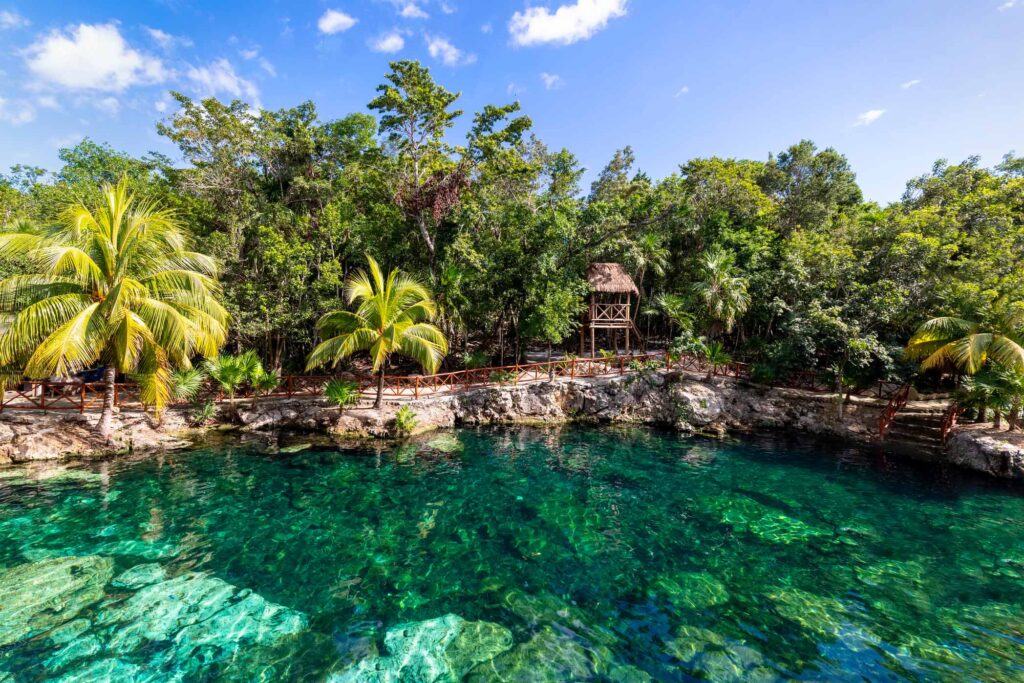In Mexico, the Ministry of Environment and Natural Resources (SEMARNAT) defines ecotourism as “travel aimed at carrying out recreational activities and gaining knowledge about nature through contact with it.”
Mexico boasts a well-established land, air and sea transportation system, providing easy access within and across the country. Of note is its world-famous cuisine, known for its variety and refined taste. There are thousands of Mexican corn dishes, as well as Peruvian potato dishes. Slow food (and innovative agriculture…Mexico was the first country to grow corn over 10,000 years ago).
Thanks to its rich flora and fauna, the country is classified as highly diverse in the scientific literature. Mexico is truly the world's ecological hothouse, with examples of almost every habitat on Earth. This country, which accounts for less than 2% of the world's territory, is home to 10% of the world's plant and animal species.
There is consensus that tourism is one of Mexico's largest sources of income and also contributes to the revitalization of other sectors.So how is the situation? Ecotourism and responsible travel in Mexico?
build a bridge
Environmental awareness and tourism are learning to go the same way. Environmental tourism sometimes seems more similar to Chihuahua's famous Copper Canyon, a canyon deeper than the Grand Canyon in the United States. On the one hand, conservation is at a standstill, and on the other, tourism is at a standstill. Sometimes it seems like there is no bridge across the abyss.
To be defined as ecotourism, services must provide environmental protection and local participation. You should also be able to make a profit. As the saying goes, you can't be green if you're in the red.
Mexico should be a textbook example of things done right. It is one of the few countries in the Americas where a formal agreement for cooperation has been signed between the Secretary of Tourism and the Secretary of the Environment. The first agreement was signed in 1995. Today, ecotourism and sustainable tourism are not recognized as external imports, but rather as compatible with Mexico's traditional values.
Protected areas in Mexico cover more than 12% of the country. The country works with parks on reforestation efforts through its National Tourism Strategy in Protected Areas and the office of CONAFOR, the National Forestry Commission.
Independent travelers have long raved about Mexico's natural wonders. People began to visit the great outdoors, whether it was to watch birds or whales. Tourism operators discovered the economic benefits associated with offering natural history tours, and communities themselves began to realize that nature tourism was becoming a mainstream concern.
Until recently, most of Mexico's protected areas and biosphere reserves were closed to tourists. The government sought to keep visitors out of the area due to a lack of qualified park guides and guardians. Tourism has also been low, as many protected areas are far from the main tourist routes that attract tourists. Currently, development in formerly remote areas, such as the Riviera Maya, is proceeding with various considerations from the perspective of environmental conservation and local consultation.
TYT Newsroom


